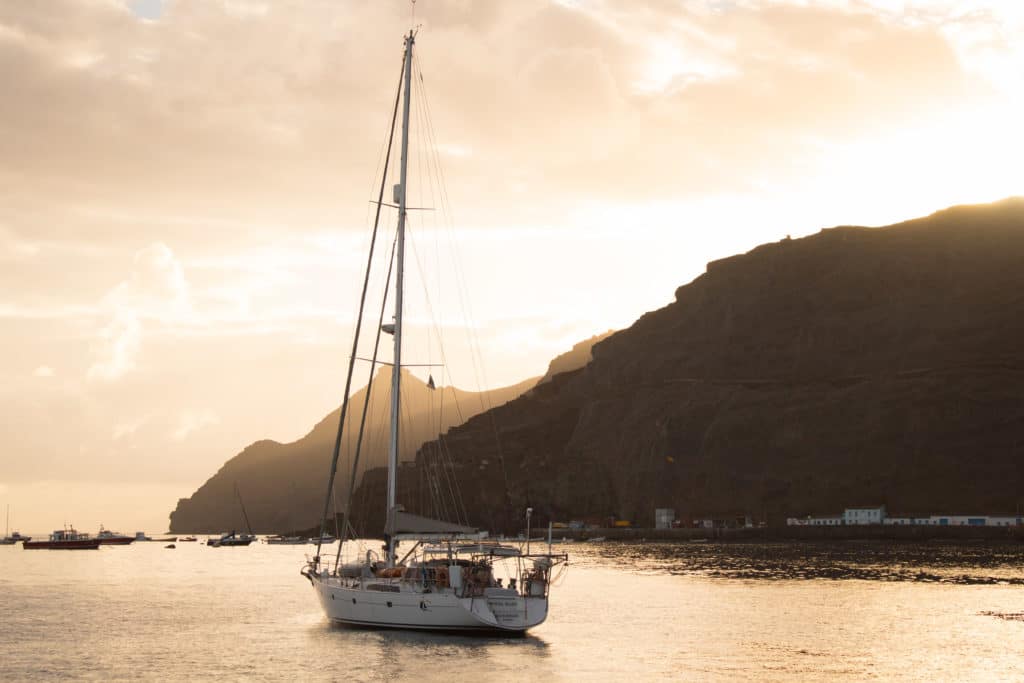
We were about 20 miles out from the South Atlantic island of St. Helena when distinct lines started to break up the soft gray clouds that were obscuring the horizon. Charles Darwin once wrote, “St. Helena rises abruptly like a huge black castle from the ocean.” Closer to the coast, we spotted stone fortifications built into the cliff faces, and the impression that we were approaching a midocean fortress was reinforced.
For more than 500 years, the only way to reach the British Overseas Territory of St. Helena has been by the sea. Before the Suez Canal opened, more than 1,000 ships a year called at St. Helena. By traveling there aboard our own boat, we followed in the wakes of Capt. Cook and Joshua Slocum. In the more recent past, all the island’s visitors have come via cruise ships, private yachts or the mailboat RMS St. Helena, but now, thanks to the brand-new airport and weekly flight service from South Africa, St. Helena and all its wonders will be accessible to visitors from around the world.
For sailors, the new airport makes St. Helena a viable mid-Atlantic port for dropping off guests, changing crew or having spare parts flown in. The increase in tourism will also mean improved provisioning options and easier access to the island’s highlights, which include fantastic hiking, historic stone fortifications, Napoleon’s estate and tomb, whale sharks, and spectacular diving.
Along with the new airport, other changes are coming to the formerly isolated outpost. RMS St. Helena is slated for decommissioning, and thanks to the new breakwater and pier in nearby Rupert’s Valley, freighter operations, cruise ship landings and fish processing will all be moved off the historic Jamestown Wharf.
With the commercial and industrial center moved away from Jamestown, the Jamestown Wharf will be reconfigured as a public space. The St. Helena Yacht Club is looking forward to an increased presence on the wharf and providing a warmer welcome to cruisers. There’s also a plan for a short-term haulout facility on either the Jamestown Wharf or Rupert’s Pier.
While some cruisers have expressed concern that the airport will change the nature of the friendly island, early indications are that it’s making life better for the locals — offering jobs and opportunities they used to need to travel abroad to find.
— Diane Selkirk








